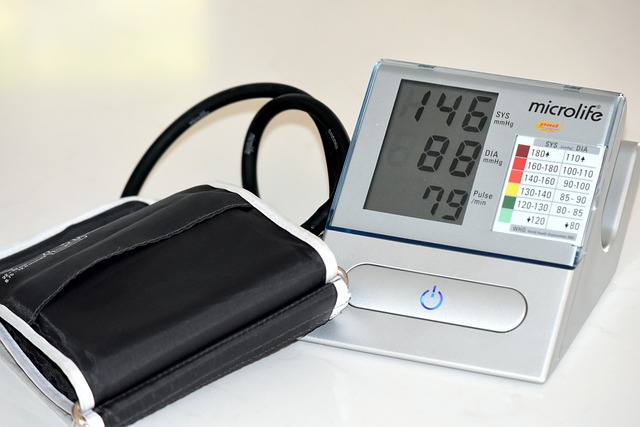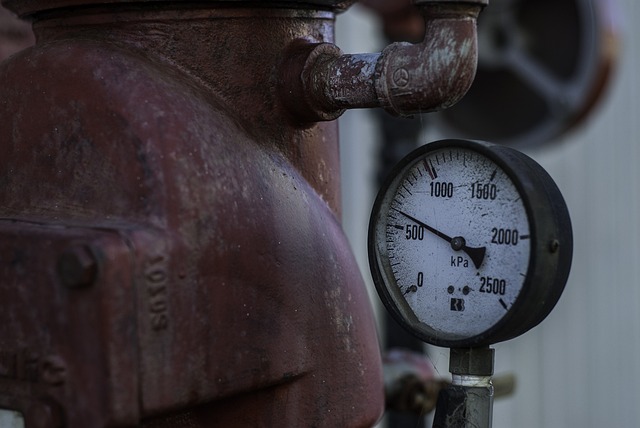Low water pressure in homes can be attributed to several factors including outdated plumbing, corroded pipes, faulty pressure regulators, or issues with the main supply line. These components degrade over time, restricting flow and impacting pressure. Concurrent use of multiple water appliances can also temporarily lower pressure. Pressure regulators are essential for maintaining consistent pressure, protecting fixtures and appliances from damage, and ensuring efficient water flow, particularly in residential and commercial settings. Regular maintenance, including replacing pressure regulators every 5-10 years, is crucial to address low pressure issues caused by outdated or damaged regulators. Symptoms like fluctuations, noise, or prolonged heating times indicate replacement is needed for optimal system operation.
Are you tired of weak water pressure in your home or business? Understanding the role of pressure regulators is key to addressing this common issue. This article delves into the intricacies of low water pressure, exploring its causes and how pressure regulators either mitigate or exacerbate the problem. We’ll guide you through the function, importance, and optimal strategies for replacing these devices, empowering you to optimize your water flow once and for all. By understanding the root causes of low water pressure, you can make informed decisions to ensure a steady and robust water supply.
- Understanding Low Water Pressure: Common Causes Explored
- The Function and Importance of Pressure Regulators
- Strategies to Optimize Water Flow: When and How to Replace Pressure Regulators
Understanding Low Water Pressure: Common Causes Explored

Low water pressure is a common household issue that can significantly impact your daily routines, from taking a leisurely shower to washing dishes efficiently. Understanding the causes behind this problem is the first step in finding effective solutions. Several factors contribute to low water pressure, and identifying them is crucial in determining the right course of action.
Some of the most prevalent causes include outdated plumbing systems, corroded pipes, faulty pressure regulators, or even issues with the main water supply line. Over time, these components can degrade, restrict water flow, and result in reduced pressure throughout your home. Additionally, multiple appliances drawing water simultaneously can temporarily lower pressure, creating a ripple effect across different fixtures.
The Function and Importance of Pressure Regulators

Pressure regulators play a crucial role in managing water pressure within plumbing systems. Their primary function is to maintain consistent and optimal water pressure, ensuring that water flows efficiently while protecting fixtures and appliances from damage caused by excessive pressure. By regulating the water pressure, these devices prevent sudden drops or spikes, both of which can be detrimental to pipes and fittings.
Low water pressure is often a result of various factors such as inadequate pump capacity, leaks in the system, corrosion, or improper plumbing design. Pressure regulators help mitigate these issues by adjusting the water flow to maintain a steady pressure level. This is especially important in residential and commercial buildings where consistent water pressure is essential for daily activities like bathing, cooking, and cleaning. Efficient pressure regulation ensures that residents and employees experience optimal water pressure without any sudden drops or disruptions.
Strategies to Optimize Water Flow: When and How to Replace Pressure Regulators

To optimize water flow and address potential issues like low pressure, regular maintenance is key. One effective strategy involves periodically checking your pressure regulators for any signs of wear or damage. If your existing regulators are outdated or not functioning optimally, replacement might be necessary. This is especially true if you’ve noticed a significant drop in water pressure throughout your home or specific fixtures.
When deciding to replace pressure regulators, timing is crucial. Many professionals recommend doing so every 5 to 10 years, depending on usage and the quality of your initial installation. Keep an eye out for symptoms like sudden pressure fluctuations, excessive noise from valves, or water that takes too long to heat up. These can all indicate a need for replacement, ensuring your system operates efficiently and delivers the right pressure throughout your property.
Low water pressure can significantly impact your daily routines, but understanding its causes, such as leaks or outdated plumbing, is the first step towards improvement. Pressure regulators play a crucial role in maintaining optimal water flow by balancing pressure levels. However, when these regulators malfunction or are improperly installed, they might exacerbate the issue. Regular maintenance and timely replacements are essential to ensure smooth water flow. By recognizing the signs of pressure regulator failure and taking proactive measures, you can restore your home’s water pressure, enhancing your overall plumbing experience.
